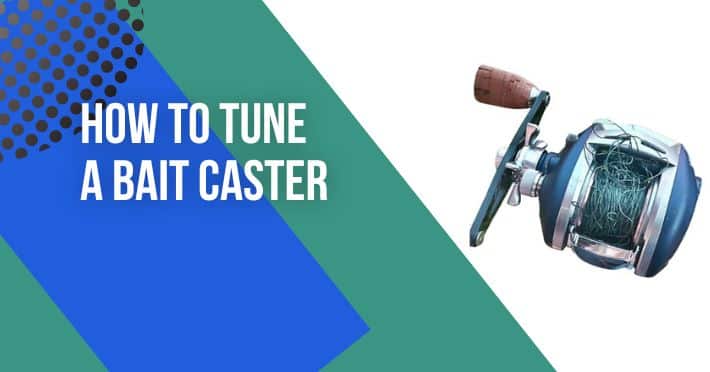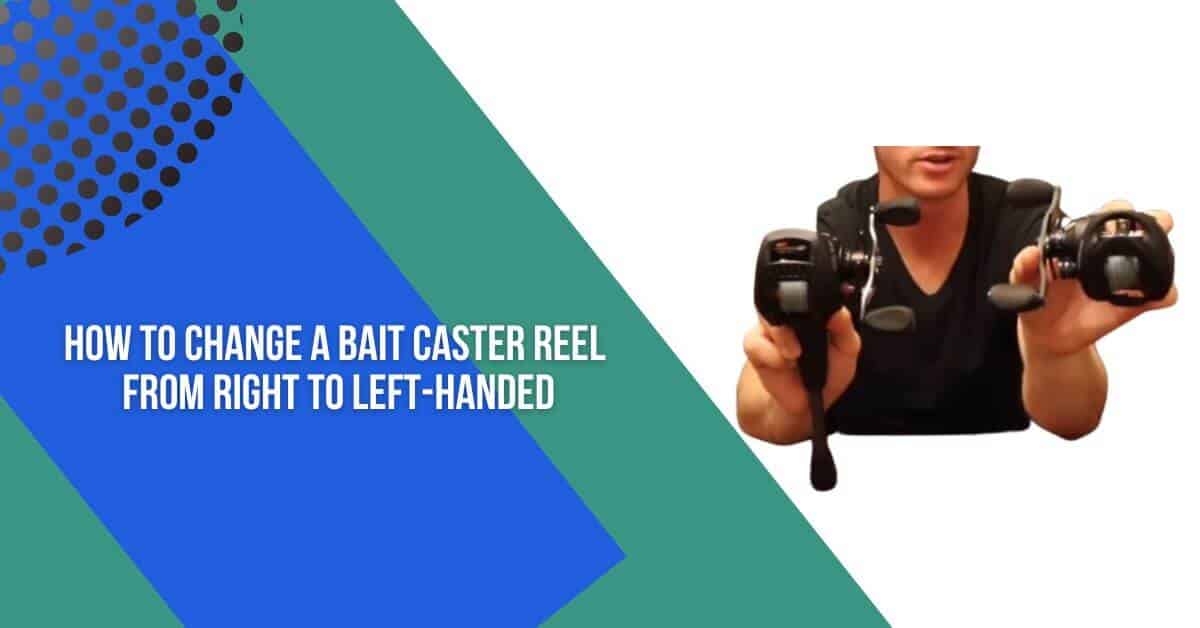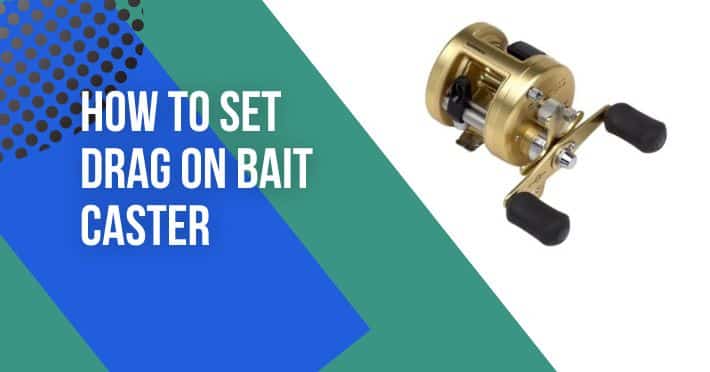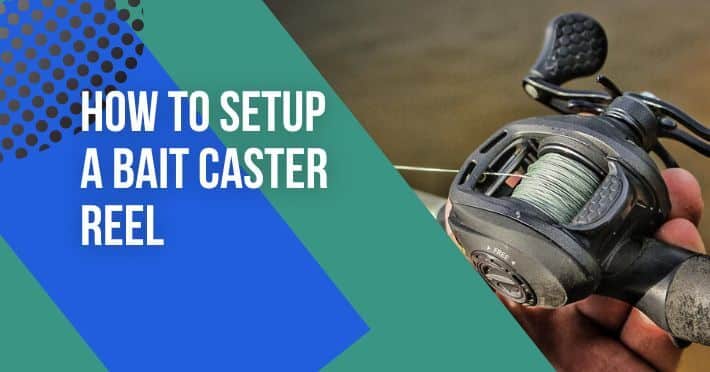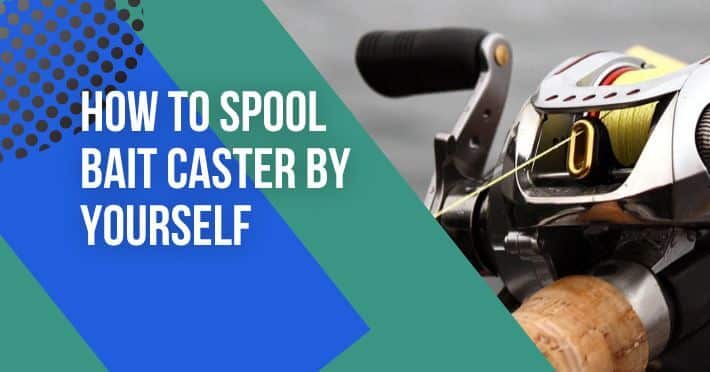Contents
- 1 Types of Fishing Reels
- 2 Spincast Reels
- 3 Description and Mechanism:
- 4 Advantages:
- 5 Disadvantages:
- 6 Suitable Fishing Scenarios:
- 7 Baitcasting Reels
- 8 Description and Mechanism:
- 9 Advantages:
- 10 Disadvantages:
- 11 Suitable Fishing Scenarios:
- 12 Factors to Consider When Choosing a Reel
- 13 A. Type of Fish:
- 14 B. Fishing Environment:
- 15 C. Skill Level of Angler:
- 16 D. Budget:
- 17 Conclusion
- 18 FAQs!!
- 19 Q1: What’s the best type of reel for beginners?
- 20 Q2: Which reel is best for saltwater fishing?
- 21 Q3: What type of reel is suitable for fly fishing?
- 22 Q4: How do I prevent backlash with a baitcasting reel?
- 23 Q5: Are expensive reels worth the investment?
Types of Fishing Reels are indispensable tools for anglers, serving as the linchpin between their skills and the aquatic world.
Understanding the diverse array of Types of Fishing Reels is essential for any angler looking to optimize their approach.
From the nimble finesse of spinning reels to the robust power of baitcasting reels, each type offers a unique set of advantages tailored to specific fishing conditions.
In this comprehensive guide, we will delve into the intricacies of Types of Fishing Reels, shedding light on their functionalities and highlighting the scenarios in which they excel.
Whether you are a seasoned angler seeking to refine your arsenal or a novice eager to navigate the world of fishing gear, this exploration of Types of Fishing Reels will equip you with the knowledge needed to make informed choices on the water.
When it comes to angling, having the right equipment is paramount, and one crucial piece in an angler’s arsenal is the reel.
Types of Fishing Reels come in various forms, each designed to tackle specific fishing scenarios.
Understanding the distinctions between these reel types is essential for any angler looking to optimize their fishing experience.
In this guide, we will delve into the intricacies of Types of Fishing Reels, shedding light on their unique features, advantages, and ideal use cases.
Types of Fishing Reels
Types of Fishing Reels cater to a wide array of fishing techniques and preferences. Whether you’re a seasoned angler or just starting out, knowing the nuances of each reel type can significantly impact your success on the water.
In this comprehensive overview of Types of Fishing Reels, we’ll explore the characteristics that set them apart and help you make informed decisions for your fishing endeavors.
Spincast Reels are among the most user-friendly types in the realm of fishing gear.
These reels, falling under the broader category of Types of Fishing Reels, are characterized by their enclosed design, making them ideal for beginners and casual anglers.
Spincast Reels, as a type of fishing reel, are uncomplicated to use, requiring minimal maintenance while providing reliable performance.
With their straightforward operation, Spincast Reels remain a popular choice for those looking for simplicity and ease of use.
Baitcasting Reels, another prominent member of Types of Fishing Reels, offer precision and control for anglers seeking to tackle larger and more powerful fish species.
These reels excel in situations where accuracy and distance are paramount. Baitcasting Reels, classified under Types of Fishing Reels, are favored by experienced anglers who appreciate the ability to fine–tune their casts.
Despite their learning curve, mastering the use of a Baitcasting Reel can elevate your angling prowess to new heights.
Spinning Reels are renowned for their versatility and widespread applicability across various fishing styles.
As Types of Fishing Reels, they strike a balance between ease of use and versatility, making them suitable for both novices and seasoned anglers.
Spinning Reels have an open-faced design, allowing for greater line capacity and flexibility in handling different fishing lines and lures.
With their adaptability, Spinning Reels have earned their place as one of the most popular choices among Types of Fishing Reels.
Fly Fishing Reels play a crucial role in the art of fly fishing, offering a unique approach to angling.
As a category within Types of Fishing Reels, they are specially designed to manage the challenges presented by the lightweight artificial flies used in this technique.
Fly Fishing Reels come in various designs, including single-action and large-arbor reels, each tailored to different fly fishing preferences.
Understanding the nuances of Fly Fishing Reels is fundamental for any angler seeking to master this elegant and rewarding form of fishing.
However, the fishing reel landscape is diverse, with additional categories like Conventional, Centerpin, and Electric Reels catering to specific needs and preferences.
By familiarizing yourself with the intricacies of Types of Fishing Reels, you’ll be better equipped to choose the right reel for your next angling adventure.
Spincast Reels
Description and Mechanism:
Spincast reels are characterized by their straightforward, enclosed design. They feature a stationary spool that houses the fishing line, which is released through a small hole in the cover upon casting.
The push-button release mechanism simplifies casting, making it an ideal choice for beginners. Inside, a simple gearing system controls the line’s release and retrieval.
Advantages:
- User-Friendly: Spincast reels are exceptionally easy to use, making them suitable for beginners or those looking for a hassle-free experience.
- Minimal Backlash: The enclosed design minimizes the chances of backlash, making it less likely for the line to tangle.
- Low Maintenance: They require minimal maintenance, making them a convenient option for casual anglers.
Disadvantages:
- Limited Casting Distance: Compared to other reel types, spincast reels generally have a shorter casting range, which may limit the angler’s reach.
- Less Precision: Achieving pinpoint accuracy can be challenging with spincast reels, especially in more demanding fishing scenarios.
- Limited Line Capacity: They typically have a lower line capacity, which may restrict the type and weight of line that can be used.
Suitable Fishing Scenarios:
- Spincast reels excel in situations where accuracy over long distances is not crucial. They are perfect for freshwater fishing in areas with plenty of cover, such as ponds, lakes, or small streams.
Baitcasting Reels
Description and Mechanism:
Baitcasting reels are known for their precision and control. They have a horizontal spool positioned on top of the rod and are designed for heavier lines and lures.
The braking system allows for fine-tuning of the line’s release, making them ideal for targeting larger, more powerful fish species.
Advantages:
- Accuracy and Control: Baitcasting reels provide unparalleled precision, allowing for pinpoint accuracy in casting.
- Power and Strength: They are designed to handle heavier lines and lures, making them suitable for targeting larger fish.
- Customizable: The braking system can be adjusted to suit different fishing conditions and preferences.
Disadvantages:
- Learning Curve: Baitcasting reels have a steeper learning curve compared to other types, requiring practice to master.
- Potential for Backlash: Improper adjustments or technique can lead to backlash, where the line tangles on the spool.
Suitable Fishing Scenarios:
- Baitcasting reels shine in scenarios where accuracy and power are paramount, such as targeting big game fish in freshwater or saltwater environments.
Factors to Consider When Choosing a Reel
A. Type of Fish:
The type of fish you intend to target plays a crucial role in selecting the right reel.
Different species have varying sizes, strengths, and behaviors, which may require specific reel characteristics.
For instance, heavier and more powerful fish like marlins or tuna will demand a reel with higher line capacity and greater drag strength.
On the other hand, for smaller freshwater species, a lighter reel with a smoother drag system might suffice.
B. Fishing Environment:
The environment in which you plan to fish greatly influences the choice of reel. Consider whether you’ll be fishing in freshwater or saltwater conditions.
Saltwater environments can be particularly harsh on equipment due to corrosion, so it’s essential to choose a reel with proper corrosion resistance.
Additionally, if you’ll be fishing in areas with thick vegetation or heavy cover, a reel with a robust drag system and durable construction is advisable.
C. Skill Level of Angler:
An angler’s level of expertise should not be overlooked when selecting a reel. Novice anglers may find it beneficial to start with user-friendly reels like spincast or spinning reels, which have simpler casting mechanisms. More experienced anglers who have mastered techniques like baitcasting might opt for reels that offer greater precision and control.
Choosing a reel that matches your skill level can enhance your overall fishing experience.
D. Budget:
Budget considerations are integral when purchasing a fishing reel. Reels come in a wide range of prices, from budget-friendly options to high-end models with advanced features.
Determine a budget that aligns with your preferences and needs. Keep in mind that a higher-priced reel may offer additional features, such as improved materials, smoother drag systems, or specialized gear ratios.
However, there are also many reliable mid-range options available that offer excellent performance without breaking the bank.
By carefully evaluating these factors, you can narrow down your options and choose a reel that best suits your specific fishing requirements.
Remember that the ideal reel will not only enhance your angling experience but also improve your chances of success on the water.
Conclusion
In the world of angling, selecting the right reel is akin to choosing the perfect tool for a craftsman.
Each type of fishing reel offers unique advantages tailored to specific fishing scenarios.
Understanding these distinctions empowers anglers to make informed decisions, ultimately leading to more successful and enjoyable fishing experiences.
From the user-friendly Spincast Reels to the precision of Baitcasting Reels, the versatility of Spinning Reels, and the elegance of Fly Fishing Reels, there’s a reel for every angler and every type of fish.
Exploring these reel types provides insight into their mechanics, advantages, and best applications. Whether you’re casting into freshwater ponds or battling powerful saltwater species, the right reel can make all the difference.
FAQs!!
Q1: What’s the best type of reel for beginners?
For beginners, Spincast and Spinning Reels are highly recommended. They are user-friendly, have straightforward casting mechanisms, and require minimal maintenance.
Q2: Which reel is best for saltwater fishing?
For saltwater environments, reels with high corrosion resistance are essential. Consider Saltwater Spinning Reels or Baitcasting Reels specifically designed for saltwater conditions.
Q3: What type of reel is suitable for fly fishing?
Fly Fishing Reels are specifically designed for fly fishing techniques. They are typically single-action reels that accommodate the unique challenges of handling lightweight artificial flies.
Q4: How do I prevent backlash with a baitcasting reel?
Preventing backlash requires practice and proper adjustment of the reel’s braking system. Start with a slightly higher brake setting and gradually decrease it as you become more comfortable with the reel.
Q5: Are expensive reels worth the investment?
While higher-priced reels often come with advanced features and durable materials, there are many mid-range options that offer excellent performance. It’s important to choose a reel that aligns with your specific needs and budget.


